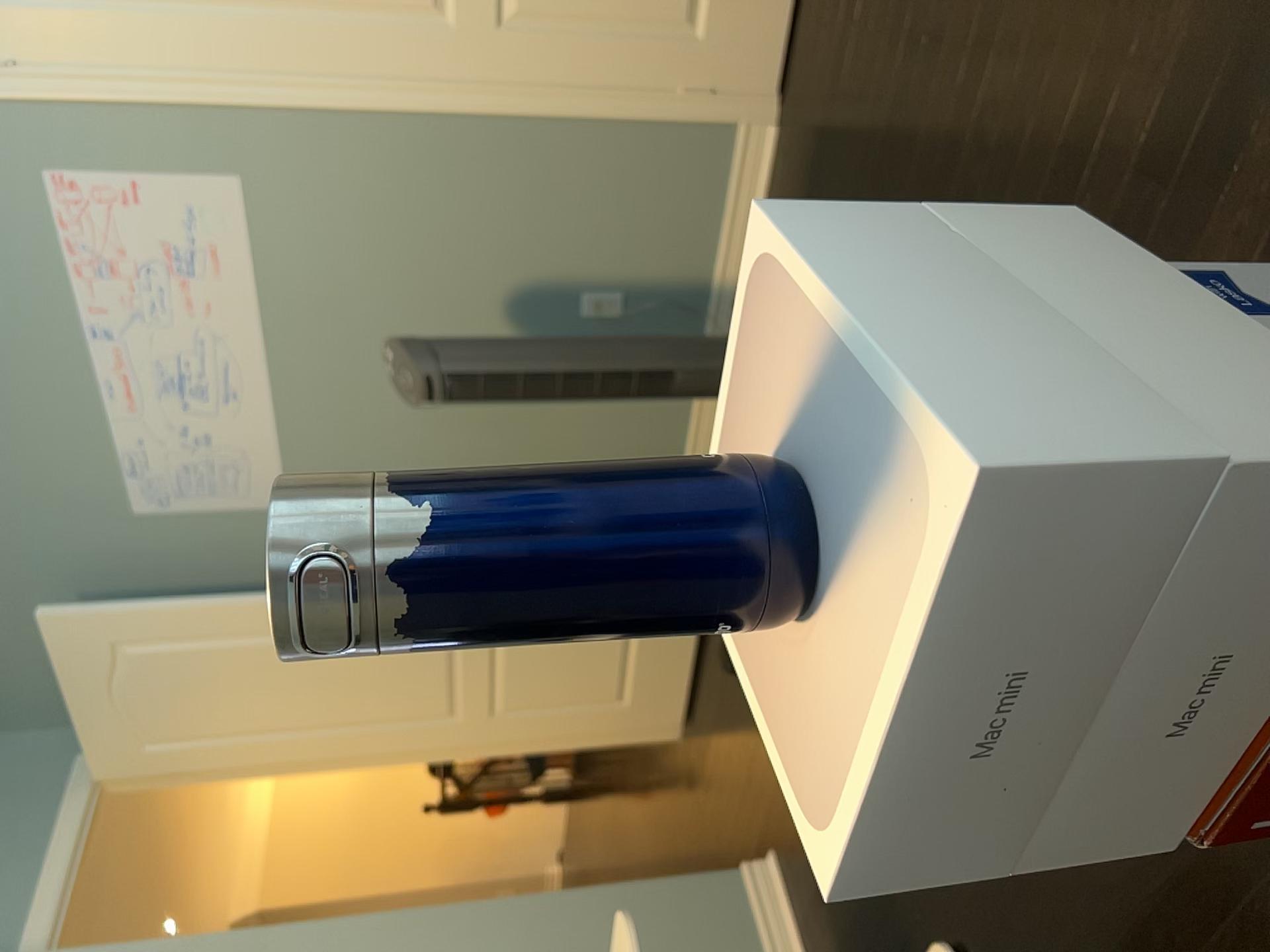Di Chang1,
Aljaž Božič1,
Tong Zhang2,
Qingsong Yan3,
Yingcong Chen3,
Sabine Süsstrunk2 and Matthias Nießner1
1TUM
2EPFL
3HKUST
ECCV 2022
Arxiv | Project page
This is the official pytorch implementation of our ECCV2022 paper: RC-MVSNet: Unsupervised Multi-View Stereo with Neural Rendering. In this work, we introduce RC-MVSNet, a neural-rendering based unsupervised Multi-View Stereo 3D reconstruction approach. First, we leverage NeRF-like rendering to generate consistent photometric supervision for non-Lambertian surfaces in unsupervised MVS task. Second, we impose depth rendering consistency loss to refine the initial depth map predicted by naive photometric consistency loss. We also propose Gaussian-Uniform sampling to improve NeRF's ability to learn the geometry features close to the object surface, which overcomes occlusion artifacts present in existing approaches. We achieved state-of-the-art performance on DTU and Tanks&Temples benchmarks and competitive performance to many supervised methods.
Clone repo:
git clone https://github.com/Boese0601/RC-MVSNet.git
cd RC-MVSNet
The code is tested with Python == 3.7, PyTorch == 1.10.1 and CUDA == 11.3 on NVIDIA GeForce RTX 3090. We recommend you to use anaconda to manage dependencies. You may need to change the torch and cuda version in the requirements.txt according to your computer.
conda create -n rcmvsnet python=3.7
conda install pytorch==1.10.1 torchvision==0.11.2 torchaudio==0.10.1 cudatoolkit=11.3 -c pytorch -c conda-forge
conda activate rcmvsnet
pip install -r requirements.txt
Training
Download the DTU dataset pre-processed by MVSNet and extract the archive. You could use gdown to download it form Google Drive. You could refer to MVSNet for the detailed documents of the file formats.
Download the original resolution depth maps provided by YaoYao. Extract it and rename the folder to Depths_raw.
Merge the folders together and you should get a dataset folder like below:
dtu
├── Cameras
├── Depths
├── Depths_raw
└── Rectified
Testing
Download the DTU testing dataset pre-processed by MVSNet and extract the archive. You could use gdown to download it form Google Drive. You could refer to MVSNet for the detailed documents of the file formats.
dtu_test
├── scan1
├── scan4
├── scan9
...
├── scan114
└── scan118
Download the Tanks and Temples testing set pre-processed by MVSNet. For the intermediate subset, remember to replace the cameras by those in short_range_caemeras_for_mvsnet.zip in the intermediate folder, see here. You should get a dataset folder like below:
tankandtemples
├── advanced
│ ├── Auditorium
│ ├── Ballroom
│ ├── Courtroom
│ ├── Museum
│ ├── Palace
│ └── Temple
└── intermediate
├── Family
├── Francis
├── Horse
├── Lighthouse
├── M60
├── Panther
├── Playground
└── Train
There are several options of flags at the beginning of each train/test file. Several key options are explained below. Other options are self-explanatory in the codes. Before running our codes, you may need to change the true_gpu, trainpath/testpath , logdirand loadckpt (only for testing).
logdirA relative or absolute folder path for writing logs.true_gpuThe true GPU IDs, used for setting CUDA_VISIBLE_DEVICES in the code. You may change it to your GPU IDs.gpuThe GPU ID used in your experiment. If true_gpu: "5, 6". Then you could use gpu: [0], gpu: [1], or gpu: [0, 1]loadckptThe checkpoint file path used for testing.trainpath/testpathA relative or absolute folder path for training or testing data. You may need to change it to your data folder.outdirA relative or absolute folder path for generating depth maps and writing point clouds(DTU).plydirA relative or absolute folder path for writing point clouds(Tanks).datasetDataset to be used. ["dtu_train","dtu_test","tanks"]resumeResume training from the latest history.
Train the model on DTU dataset
python train_rcmvsnet.py --logdir ./rc-mvsnet --trainpath {your data dir} --dataset dtu_train --gpu [0,1,2,3] --true_gpu 0,1,2,3
We have provided pre-trained model in the pretrain folder, which contains models for both backbone network and rendering consistency network, only the backbone network (ended with 'cas') is used for testing as mentioned in the paper. The rendering consistency network (ended with 'nerf') is used for resume training from the current epoch.
You could use eval_rcmvsnet_dtu.py to reconstruct depthmaps and point clouds with the checkpoint. To reproduce the DTU results in our paper, run commands below:
python eval_rcmvsnet_dtu.py
After you get the point clouds, you could follow the instructions in DTU website to quantitatively evaluate the point clouds.
DTU Point Cloud Evaluation
We provide evaluation code in the matlab_eval folder. The code relies on the official code of DTU Dataset. Please use BaseEvalMain_web_pt.m, ComputeStat_web_pt.m and compute_mean.m for evaluation.
gt_datapathThe path to the ground truth point clouds.dataPathsThe path to the generated point clouds of RC-MVSNet.resultsPathsThe path to output metrics of the evaluation script.
To reproduce the Tanksandtemples results in our paper, run commands below:
python eval_rcmvsnet_tanks.py --split "intermediate" --loadckpt "./pretrain/model_000014_cas.ckpt" --plydir "./tanks_submission" --outdir './tanks_exp' --testpath {your data dir}
python eval_rcmvsnet_tanks.py --split "advanced" --loadckpt "./pretrain/model_000014_cas.ckpt" --plydir "./tanks_submission" --outdir './tanks_exp' --testpath {your data dir}
After you get the point clouds, you could submit them to the Tanksandtemples website for quantitative evaluatation.
Our code is distributed under the MIT License. See LICENSE file for more information.
@inproceedings{chang2022rc,
title={RC-MVSNet: Unsupervised Multi-View Stereo with Neural Rendering},
author={Chang, Di and Bo{\v{z}}i{\v{c}}, Alja{\v{z}} and Zhang, Tong and Yan, Qingsong and Chen, Yingcong and S{\"u}sstrunk, Sabine and Nie{\ss}ner, Matthias},
booktitle={Proceedings of the European conference on computer vision (ECCV)},
year={2022}
}If you have any questions, please raise an issue or email to Di Chang ([email protected]or [email protected]).
Our code follows several awesome repositories. We appreciate them for making their codes available to public.






